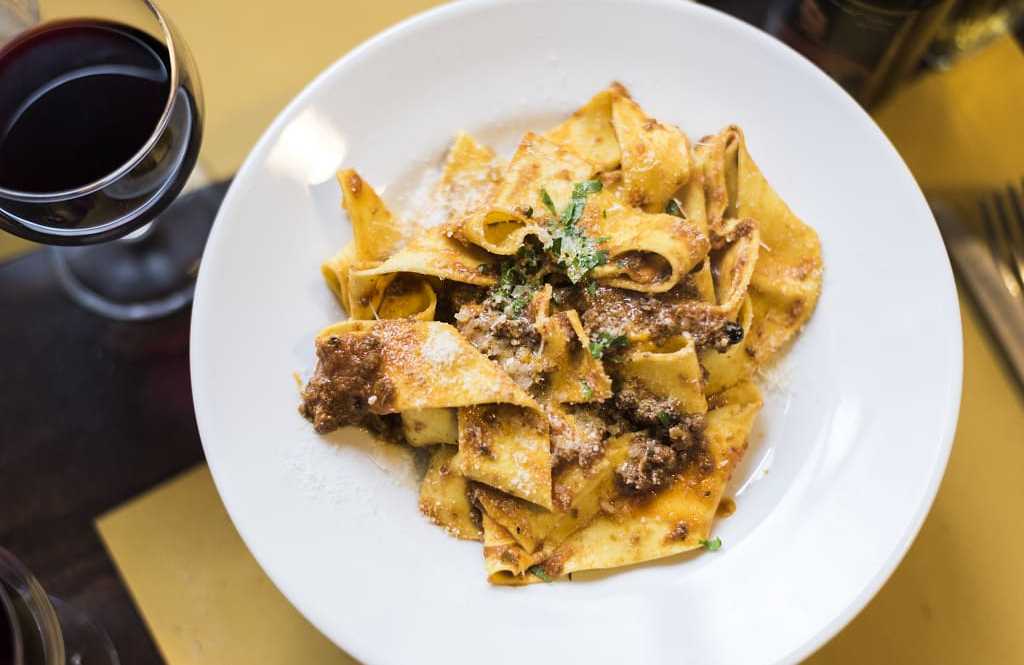Discover the birthplace of the world's most beloved dish. Pizza embodies the transformation of simple, everyday ingredients into a dish that captures the essence of Italian creativity, regional pride, and the democratic spirit that makes exceptional food accessible to everyone. Pizza has become a cornerstone of Italian culture, forever linked to a historic moment when Neapolitan chef Raffaele Esposito created Pizza Margherita on June 11, 1889. This combination of tomatoes, mozzarella, and basil honored Queen Margherita of Savoy, transforming humble ingredients into royal cuisine. Pizza remained relatively unknown beyond Naples until the 1940s, when its popularity spread worldwide.
- Royal Heritage Experiences: Visit the exact location of Pizzeria Brandi in Naples where Pizza Margherita was born, dining in the same historic rooms where royalty first tasted this legendary creation.
- Ancient Technique Workshops: Learn traditional wood-fired oven methods from Neapolitan pizzaioli, whose families have perfected dough hydration and fermentation techniques for generations.
- Regional Variation Discovery: Compare Sicilian sfincione with Roman pizza al taglio and Milanese interpretations, understanding how local ingredients create distinct regional identities.
A Journey Through History
Before modern pizza emerged, similar flatbreads existed throughout the Italian Peninsula, with references dating back to the 10th century. These everyday ingredients combine to create rich, sweet, and complex tastes that reflect centuries of culinary evolution and cultural exchange.
- Medieval Foundations: Ancient flatbreads served as edible plates for working classes, evolving into sophisticated dishes as tomatoes arrived from the New World in the 16th century.
- Cultural Revolution: Pizza's democratization transformed Italian dining, creating gathering places where all social classes could enjoy exceptional food together.
What to Expect
Authentic pizza experiences engage all senses through traditional preparation methods and carefully sourced ingredients. There is no shortage of restaurants, cafés, or hidden street vendors serving unforgettable types of pizza specific to local, seasonal flavors, with the best remaining authentic to regional traditions.
- Perfect Wood-Fired Pizzas:: Experience temperatures exceeding 900°F in traditional ovens where pizzas cook in 90 seconds, creating characteristic leopard-spotted crusts and perfectly melted toppings.
- Ingredient Sourcing Tours: Visit buffalo mozzarella farms in Campania and San Marzano tomato fields, where protected designation ingredients maintain authentic flavors.
Where to Visit for Pizza
- Naples: The birthplace of pizza offers historic pizzerias where traditional methods have remained unchanged since 1870
- Milan: Northern interpretations feature creative toppings while respecting traditional techniques, with innovative pizzerias pushing culinary boundaries
- Florence: Tuscan pizza variations incorporate local ingredients like wild boar and pecorino cheese, creating unique regional specialties
- Caiazzo: The small Campanian town preserves ancient grain varieties used in traditional pizza dough, offering authentic rural pizza experiences
- Sicily: Sfincione represents the island's unique interpretation with thick crusts, anchovy-rich sauces, and aged cheese reflecting Arabic influences
On Zicasso’s 7-Day Italian Culinary, Wine, and Gelato-Making Tour, enjoy a traditional wood-fired pizza-making class.

















